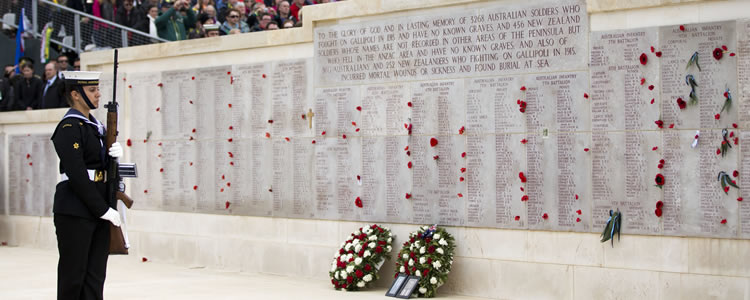- INFORMATION
- DAILY TOURS
- ACCOMMODATION
- WHAT TO DO
- ATTRACTIONS
- CONTACT
Anzac Day
Events
Find Your Hotel in Selcuk & Sirince
Find Hotels, next to popular sightseeing areas or at the Town center, Compare Prices
Daily Tours
Calendar
| M | T | W | T | F | S | S |
|---|---|---|---|---|---|---|
| 1 | 2 | 3 | 4 | 5 | 6 | |
| 7 | 8 | 9 | 10 | 11 | 12 | 13 |
| 14 | 15 | 16 | 17 | 18 | 19 | 20 |
| 21 | 22 | 23 | 24 | 25 | 26 | 27 |
| 28 | 29 | 30 | 31 | |||
Copyright 2016


